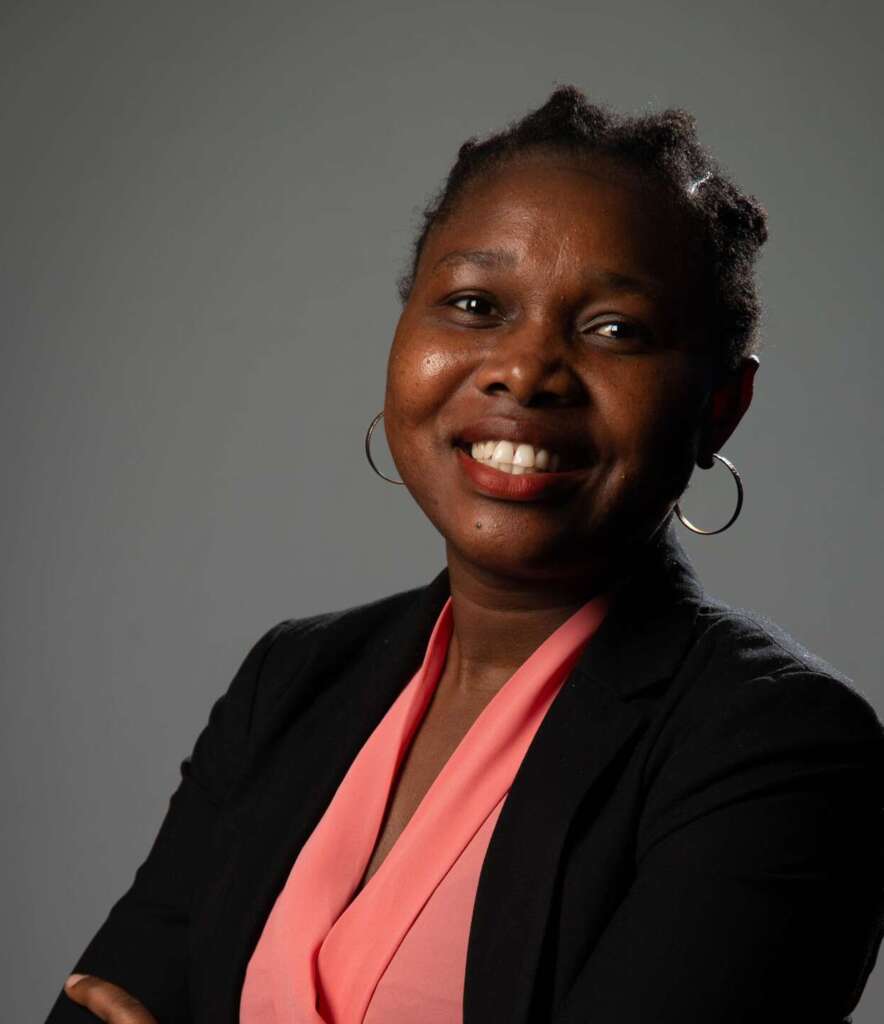Please find below a Call for Contributions for an upcoming book – titled Handbook of Pragmatics, Prosody and Gesture Studies – that our very own postdoc, Dr. Mary Edward, is co-editing.
“For obvious reasons, the study of linguistics has largely focused on verbal modality. However, there is more to the study of meaning than the meaning inherent in language. Pragmatics or the study of speaker meaning offers a much bigger picture, one that explains how utterances are understood. Utterances, of course, are complex composites of both verbal and non-verbal modalities. The intonational – almost musical – contours we impose on the words we say are used together with facial and hand movements in order to point the hearer towards our intended interpretation.
Studies in discourse and pragmatics increasingly highlight the need to incorporate both verbal and visual modalities, recognising that human communication is inherently multimodal. Research in the interface between pragmatics and prosody has developed to include gesture on the grounds that: as much as the study of meaning would be incomplete without the acoustic elements of speech, the study and assessment of pragmatics in relation to the acoustic elements of speech would be incomplete without attention to the visual elements co-occurring with the acoustic elements.
Spoken prosody is intimately connected, even intertwined with bodily actions and head motion, resulting in the emergence of diverse terminology to refer to this phenomenon: gestural beats, visual prosody, audio-visual construct, multimodal prosody, prosodic pointing, etc. These paralinguistic phenomena – to use Abercrombie’s inclusive definition of what is otherwise known as ‘paralanguage’, are well documented in typical adult speakers, in signed languages, as well as in typical and atypical language development, where visual and gestural cues are often used to cope with an immature speech system.
This handbook is intended to reflect these considerations and advances in this dynamic field, and the need to include speech and gesture in interaction, to simultaneously assess prosodic and visual aspects of communication, and, crucially, to include all – typical and atypical – communicators.”

Expandable List
We are welcoming contributions from scholars focused on both/either typical and/or atypical communicative behaviours, and scholars particularly interested and with expertise in
- ‘co-animation’ in interaction, whether you take a discourse analysis, psycholinguistic, cognitive- or neuro-linguistic approach;
- further and new evidence of the interconnectedness of prosodic and gestural aspects of communication, and their joint role in facilitating language processing and comprehension;
- the discussion of whether multiple modalities serve as precursors and facilitators of language development in typically and atypically developing populations;
- signed languages, where prosody is conveyed through hand and facial movements.
Finally, we invite contributors working on innovative research on multimodal aspects of prosody (multimodal prosody).
Submit an abstract highlighting the subfield your chapter would contribute to – from the ones outlined above. Send it to pauline.madella@beds.ac.uk by Sunday November 24, 2024, 23:59pm.
We look forward to receiving your submissions! Acceptance notifications will be sent by Friday 31 January, 2025
Dr Mary Edward
Dr Pauline Madella
& Bloomsbury”

